Théo Levaltier, A French Music Student Turned Clock- & Watchmaker and Restorer
A young Frenchman finding passion in the art of mechanical clock- & watchmaking and pursuing it professionally.

Over the course of the past couple of months, we’ve introduced you to a fair number of new and exciting watchmakers doing some fascinating things. One thing that becomes clear talking to these individuals is the love for sharing their passion, and there’s a shared network of watchmakers helping each other move forward, perfecting skills and learning new traits in the process. Théo Levaltier, a student who is about to complete a 7-year study at the Lycée Edgar Faure in Morteau, France, is no different. This youngster, only 22 years old, has worked with and is trained by Florent Lecomte, Thierry Ducret and others, and is now looking to set out on his own. Initially, his plan is to restore historical clocks and watches, but seeing his work on school projects, we’d happily see more of his own work in the future as well!
Robin Nooij, MONOCHROME: Théo, I think it’s best if you first introduce yourself to our readers? Can you share a bit of your background?
Théo Levaltier, independent clock & watchmaker: I was born in Lyon 22 years ago; I am curious and interested in basically everything! My journey began with the double bass, which has been with me since I was 7 years old. I did secondary schooling half at school and half at the Lyon Conservatory. Since then, music has never left me and I try to practice (alone or in an orchestra) as often as possible. For the last ten years, I have been passionate about watchmaking and, in 2015, I decided to make it my profession by entering the watchmaking school in Morteau where I am now finishing my 7th and last year of studies.
So you have a deep-rooted interest in music. And what about your interest in watchmaking? Where does that come from?
I have been lucky enough to travel quite a bit and meet fabulous people. In short, I grew up in the fascinating world of music. But I spent my free time building LEGO models with my hands or in my mind, and mechanical passions followed: planes, boats, cars, etc. Actually, mechanics have never been far away. And one day I discovered what a watch was; I tried to dismantle one that I did not know how to reassemble and my passion was born!
Do you see any parallels between music and watchmaking?
There are a lot of parallels. To mention just a few, I would say the rigour in hand mastering and in the long learning process of the right dexterity, the right tempo and the right register; mathematics at the service of art and technique which are omnipresent in both fields. Musicological research and historical contextualisation of work before playing it is not very different from the preliminary work for a watch/clock restoration, or even from the research prior to the creation of a piece. The freedom of interpretation while keeping in mind the respect of a secular tradition that must be preserved, or finally this eternal search for the good gesture, the intention and the perfect (although rarely achieved) agreement. In fact, for me, these two worlds are very close!
How did you learn the skill necessary to restore, service and manufacture watches?
Mainly during my studies at the Lycée Edgar Faure in Morteau, which consists of two years for a Certificat d’Aptitude Professionnelle (CAP), then two years for a Brevet des Métiers d’Art (BMA) and finally three years for a Diplôme National des Métiers d’Art et Design (DNMADe), and in the workshops that welcomed me for internships (including some members of the Académie Horlogère des Créateurs Indépendants, AHCI). As far as restoration is concerned, I was surprised by the refusal of several watchmakers to repair my grandfather’s watch; so I started with this piece and, since then, I have regularly taken care of watches or clocks belonging to members of my family or friends in my small workshop. In addition, I am lucky enough to be surrounded by watchmakers – who became friends of mine – with fantastic careers, who answer my questions with experienced advice (also for my school watch projects). This is a very enriching exchange, formative and above all fascinating! But the road is still very long and I hope it will be rich in encounters, teachings and beautiful adventures!
Going through your Instagram account, you’ve also worked on clocks. Can you elaborate on that a little?
Thanks for looking! On this account, you can find several adventures, the first one was the contest ”Un des Meilleurs Apprentis de France” for which, guided by my teacher Florent Lecomte (@Lecomte_Watchmaker), I won a national gold medal. Then the Cartier Watchmaking Institute competition, for which I presented an evocation of transmission and surpassing oneself through sport (rowing, another passion that I unfortunately no longer practice for lack of time) in an automaton measuring 60mm in diameter and which won the prize for originality.
The Uranie adventure was really exciting. I made this clock in 2019 for the end of my BMA (4th study year); it is based on restored Paris Movement wheels (dating from the second half of the 19th century) to which I added an astronomical indication of moon phases (about a day of error every 120 years). I wanted to link music and clock-making with the theme imposed by the school (architecture): the Lyon Opera (in which I have played some times) seemed a very fine choice to me, because, when it was built in 1831, the architects chose to represent only seven of the eight muses of the Greek antiquity, so the quest was obvious: to return Urania (the muse of astronomy) to the Opera! Although they are in French, I recommend two films.
The first one is admirably made by one of my very talented friends, and the other one is made by the National Institute of Arts and Crafts in Paris, where Uranie won the 1st prize at the ”Avenir Métiers d’art” competition in 2019:
I’ve also spotted a wristwatch called the Zephyr, which looks very intriguing. Could you talk us through the concept and development?
Right, I completed it at the end of 2021, despite the turbulent times we all went through. Zephyr took off in 2019; its case is made of a titanium fragment from a Mirage 3 aircraft. The references to the aeronautical world are manifold (curves of the box, hands, dial and its lugs made with stainless steel printed in 3D). They refer to various eras to establish a dialogue between the watch made in 2020 and the movement that is 100 years older. Indeed, this chronograph calibre with split-second function came out of Le Phare (Zénith) workshops at Le Locle in the 1900s. I restored and slightly modified it (‘’traits de Paris’’ on the bridges, Incablocs shock protection and grey electroplating). The goal was to improve its aestheticism and functional state. A fun fact: as far as I know, it integrates one of the only tachymetric Machmeter in watchmaking (but very complicated to use in normal conditions!).
What are you aiming to achieve through your watchmaking?
Today, I would very much like to focus on restoration, because I have a great fascination for these great master-watchmakers such as Harrisson, Bertoud, Janvier, Breguet, Lepaute, Robin… and those who have been inspired by their work like Daniels, Pratt, Daners, Ditisheim and many other today’s great watchmakers. Having access to these timepieces is like taking remote watchmaking courses with watchmakers who have so much to tell and teach us, even some centuries later. But for that, there is neither secret nor mystery: the only way is that of passion and thousands of hours at the workshop! And why not? I also dream of being able to transmit, in turn, a view (in a watch, a clock, an automaton or perhaps something else) of what the watchmaking of the 21st century can be. But the dream is one thing, the immensely complex reality of creating a real timekeeper is another one… But I do not renounce anything because, after all, the career plans drawn up when you are 20 years old are made to be questioned!
Can you shed some light on any possible upcoming projects?
With pleasure! I am currently working on my last school project, a chiming watch with punch counting on a three-hand calibre manufactured by a Swiss company. The technical inspirations of this piece are directly derived from the watchmaking tradition of chiming watches (which is by far my favourite complication), especially in terms of finishes and operation by incorporating some innovative principles and materials. As for its aesthetics, several sources of inspiration are present but all revolve around navigation and in particular the so-called “universal jauge” sailing boats of the early twentieth century. I think that the result should be interesting.
And after the end of the DNMADe degree, I still hesitate between studying (in engineering or directly in restoration) and joining a workshop. I want to have my own workshop in the future but I prefer continuing my learning process before, everything in its own time and I still believe in the opportunities that life can offer! So I have the project to become a restorer, and more precisely to specialize in watches because I am convinced that it is through this way that we learn this trade the best. For me the most beautiful in the world, is the profession of a watchmaker. Sure, I have a lot of ideas, technical principles and a theme to work on but I do not have a specific piece in mind now. And then I am afraid to be too young and therefore not experienced enough to undertake something that I want to be sustainable and that fully meets the expectations of watchmaking lovers in our times.
To conclude, it is always a pleasure to discuss with people who are passionate about watchmaking/clockmaking: you can reach me on Instagram at first, then around a good meal in Lyon (or elsewhere)!
For more information, please visit Théo Levaltier’s Instagram account.
Editorial Note: Credits of several of the images go to Chez Moi Prod and Augustine Detienne.


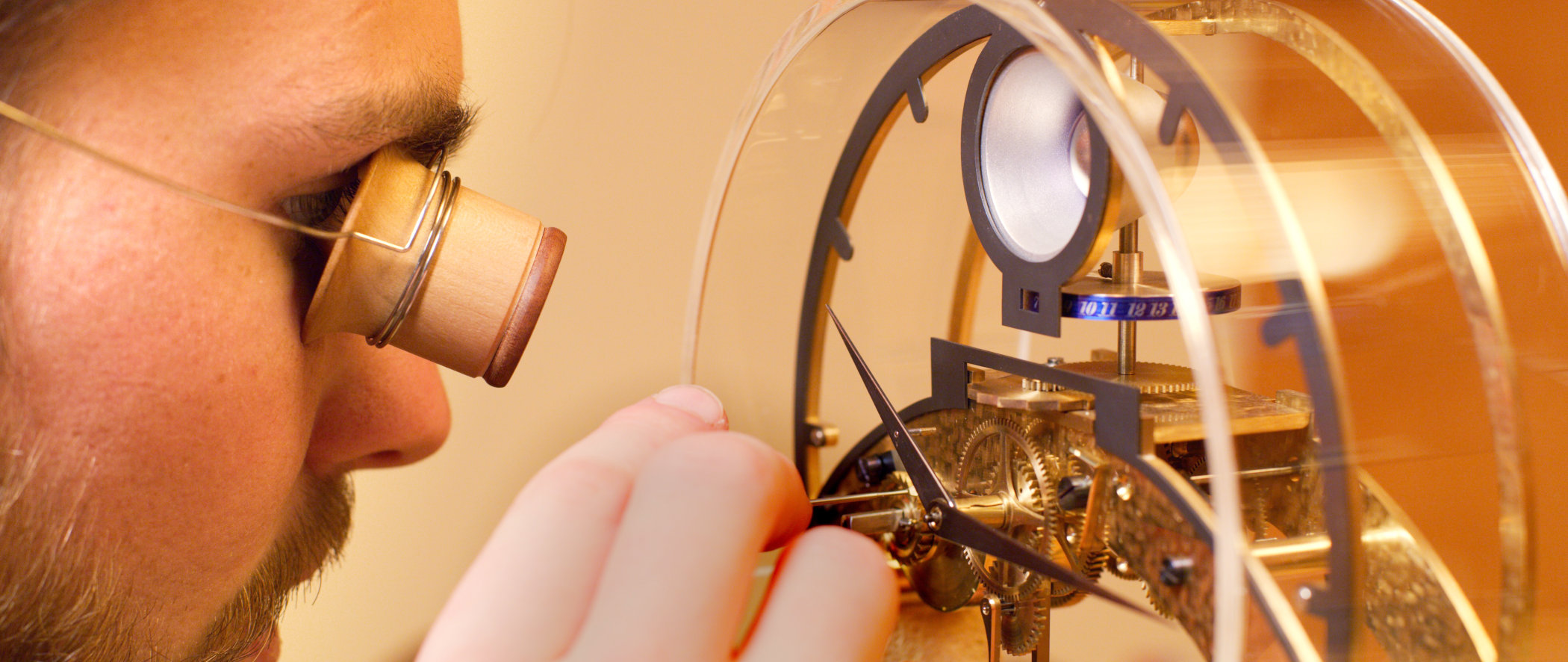
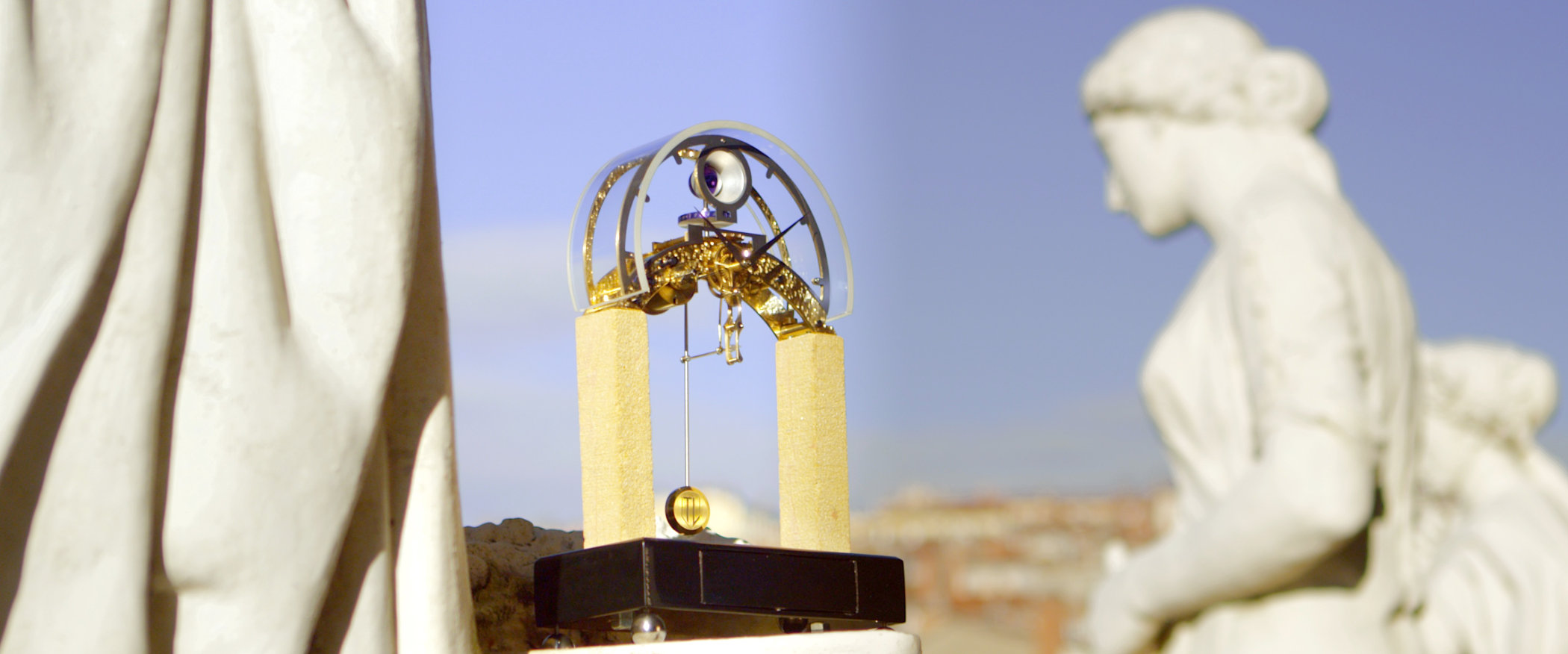
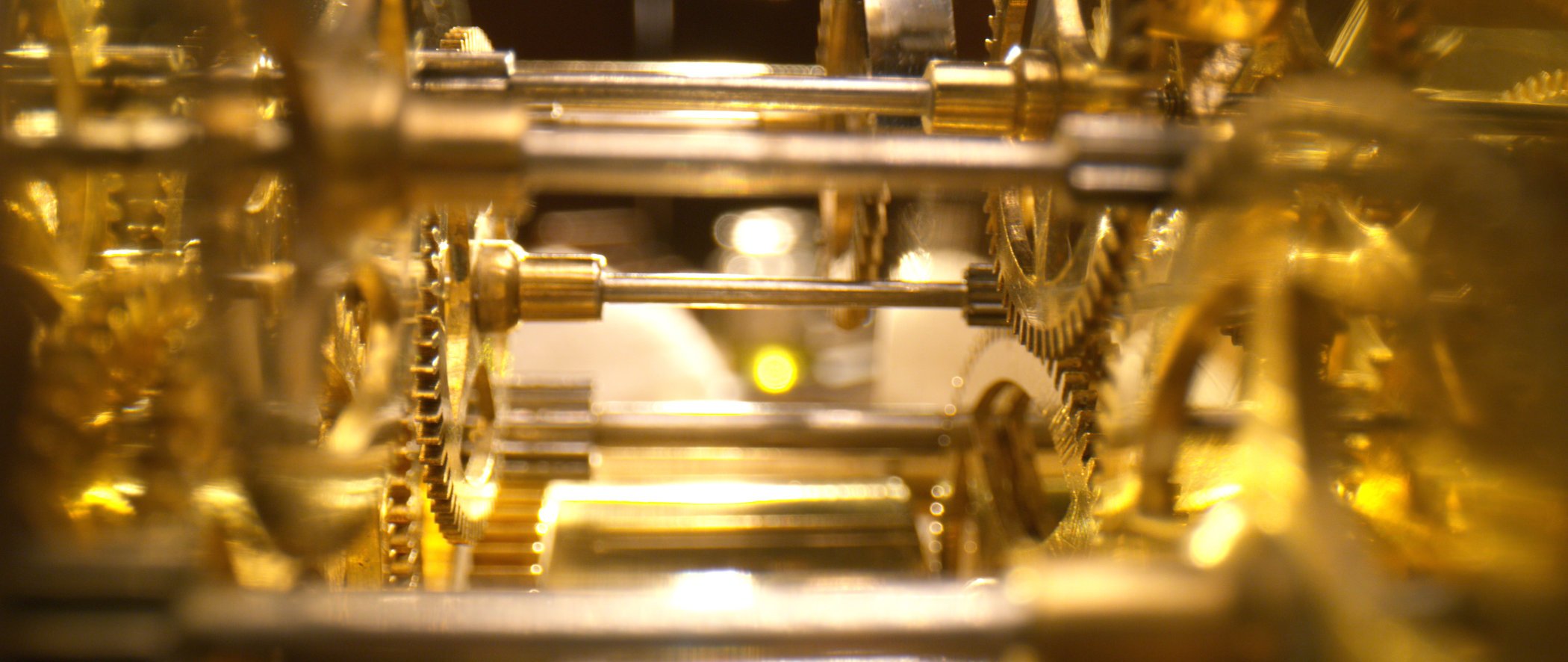
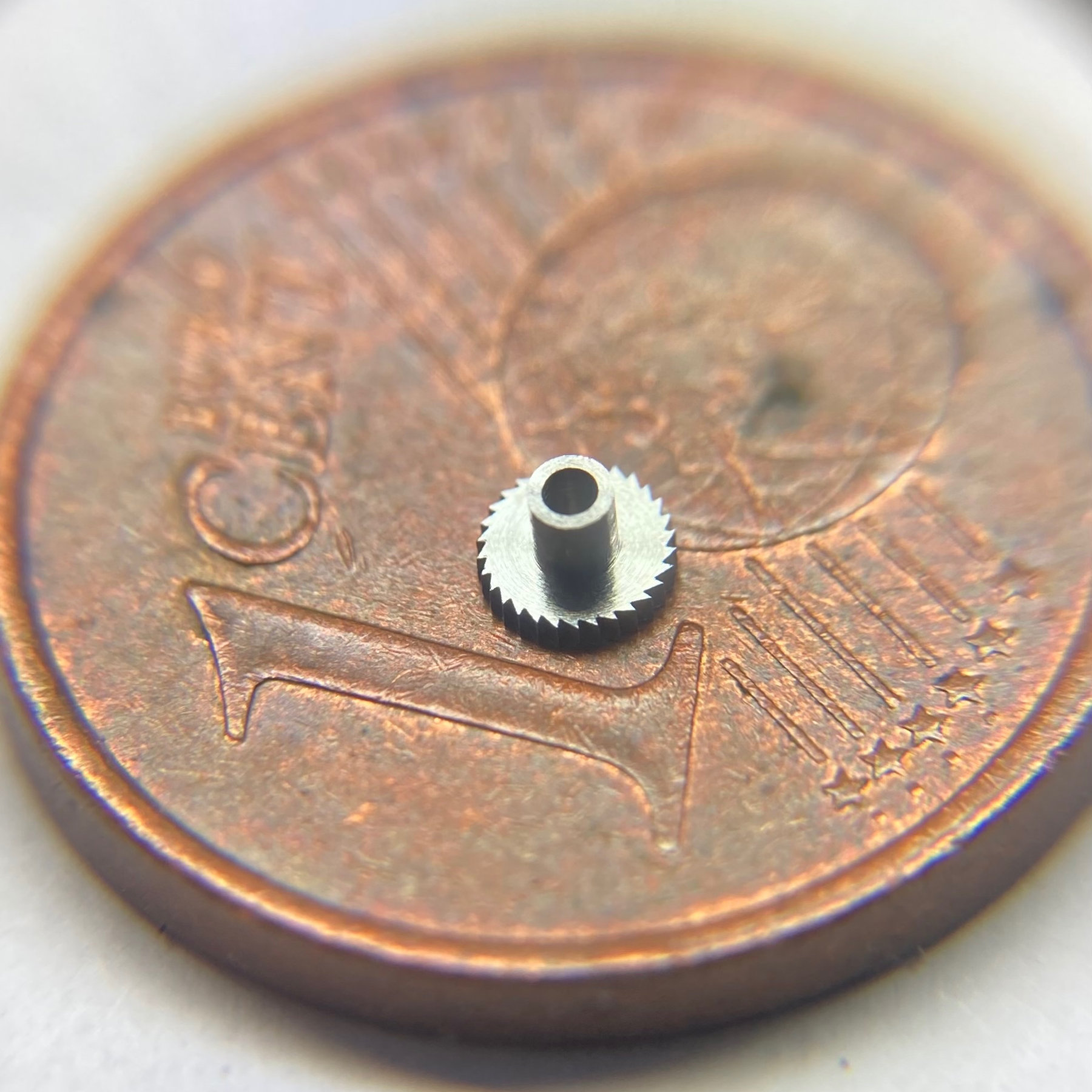
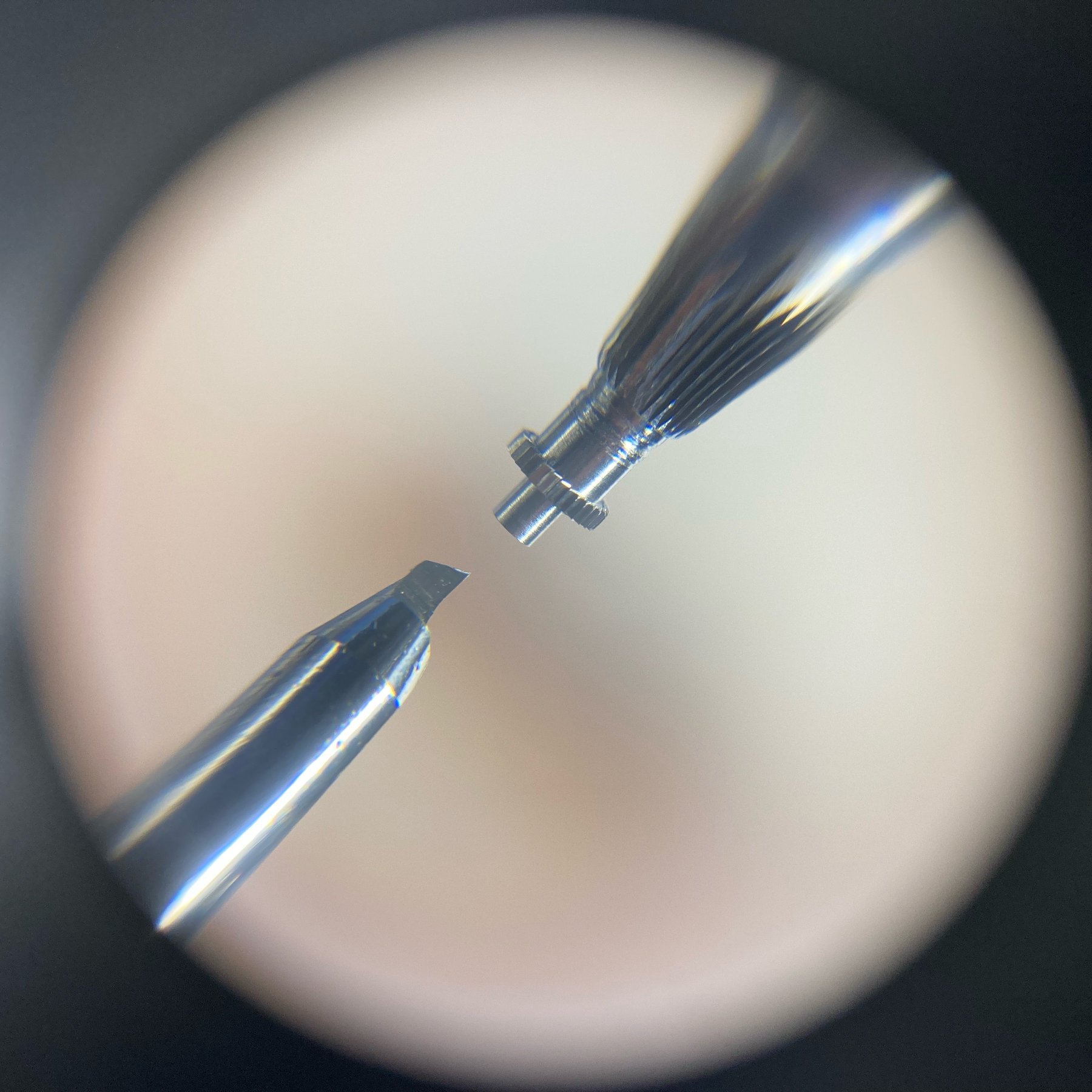
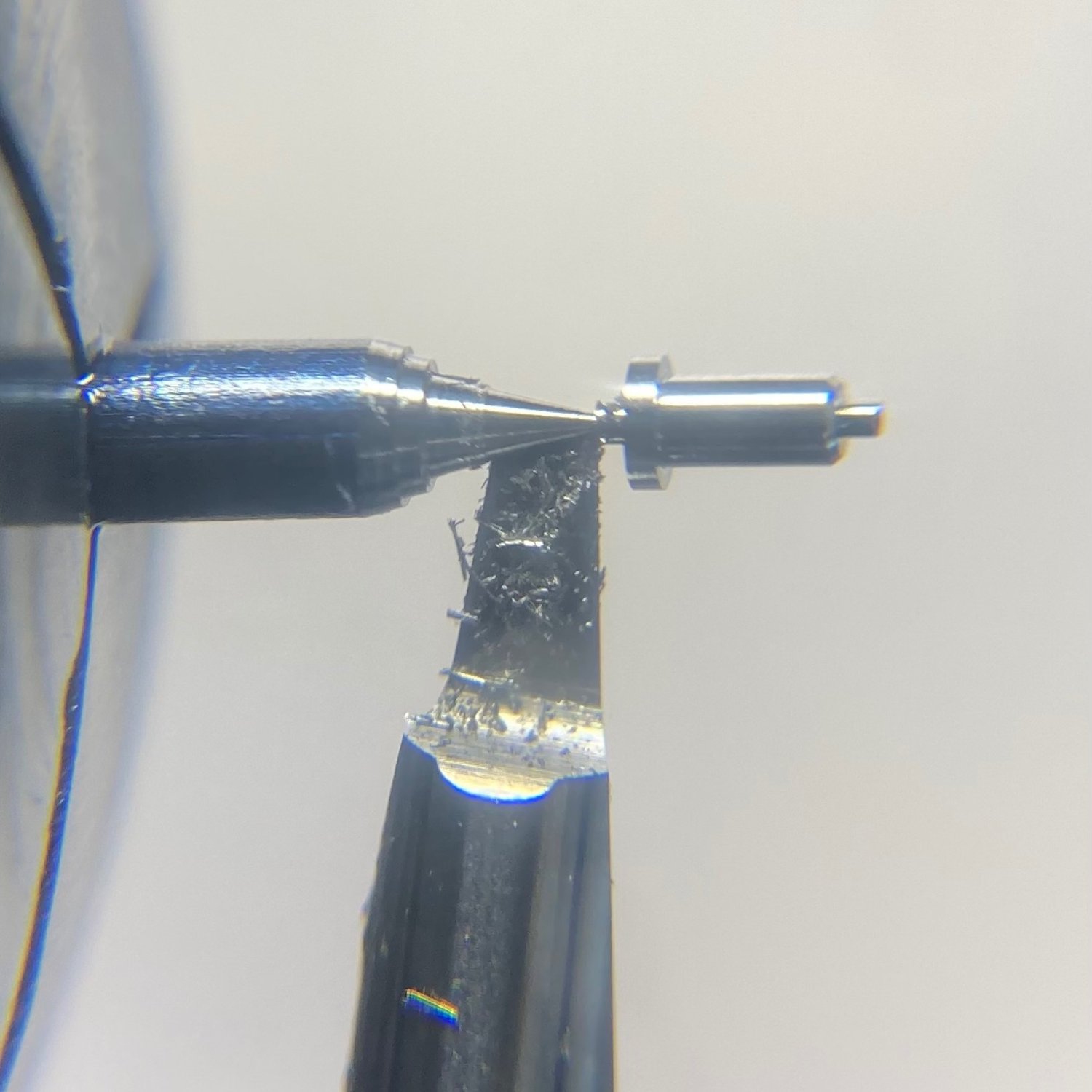
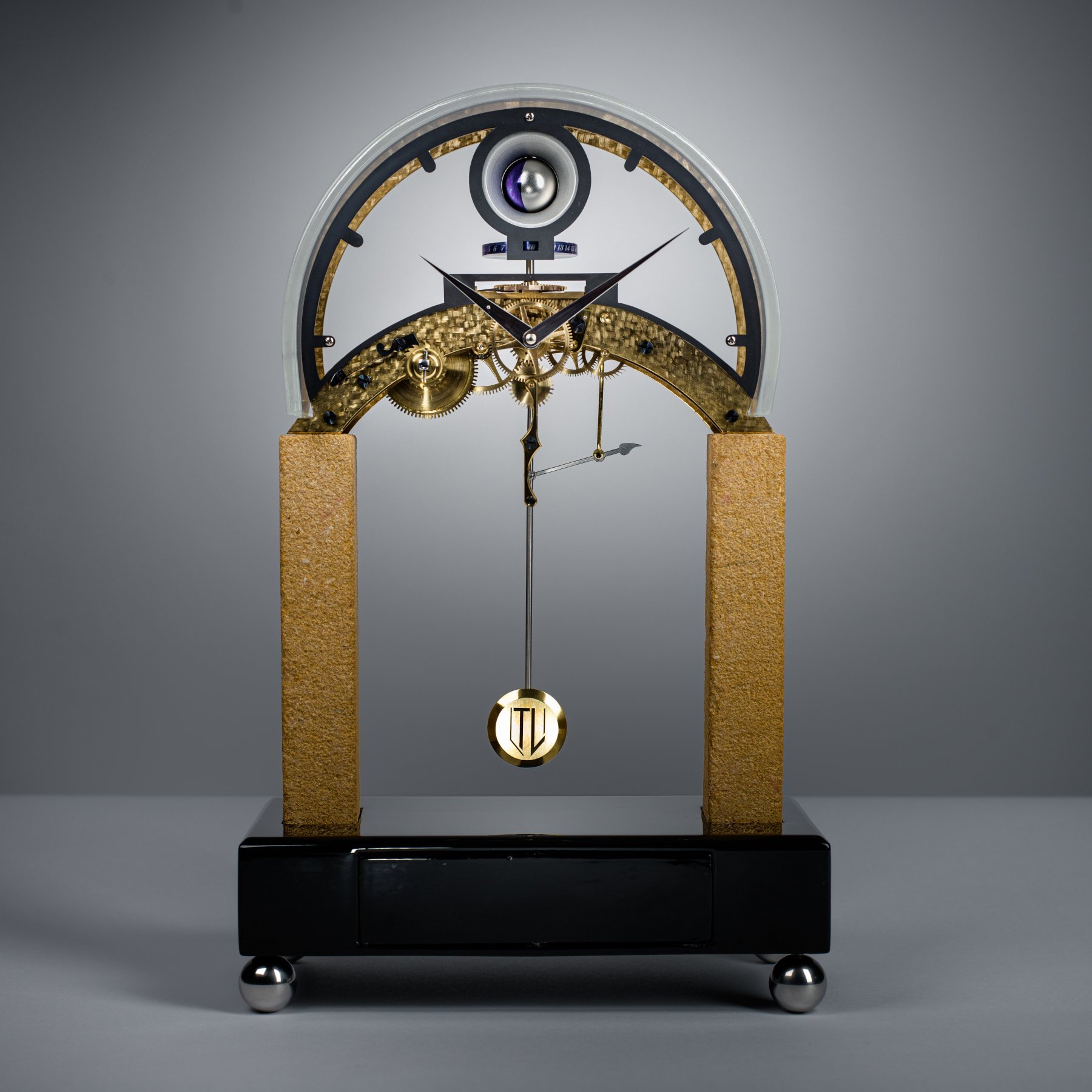
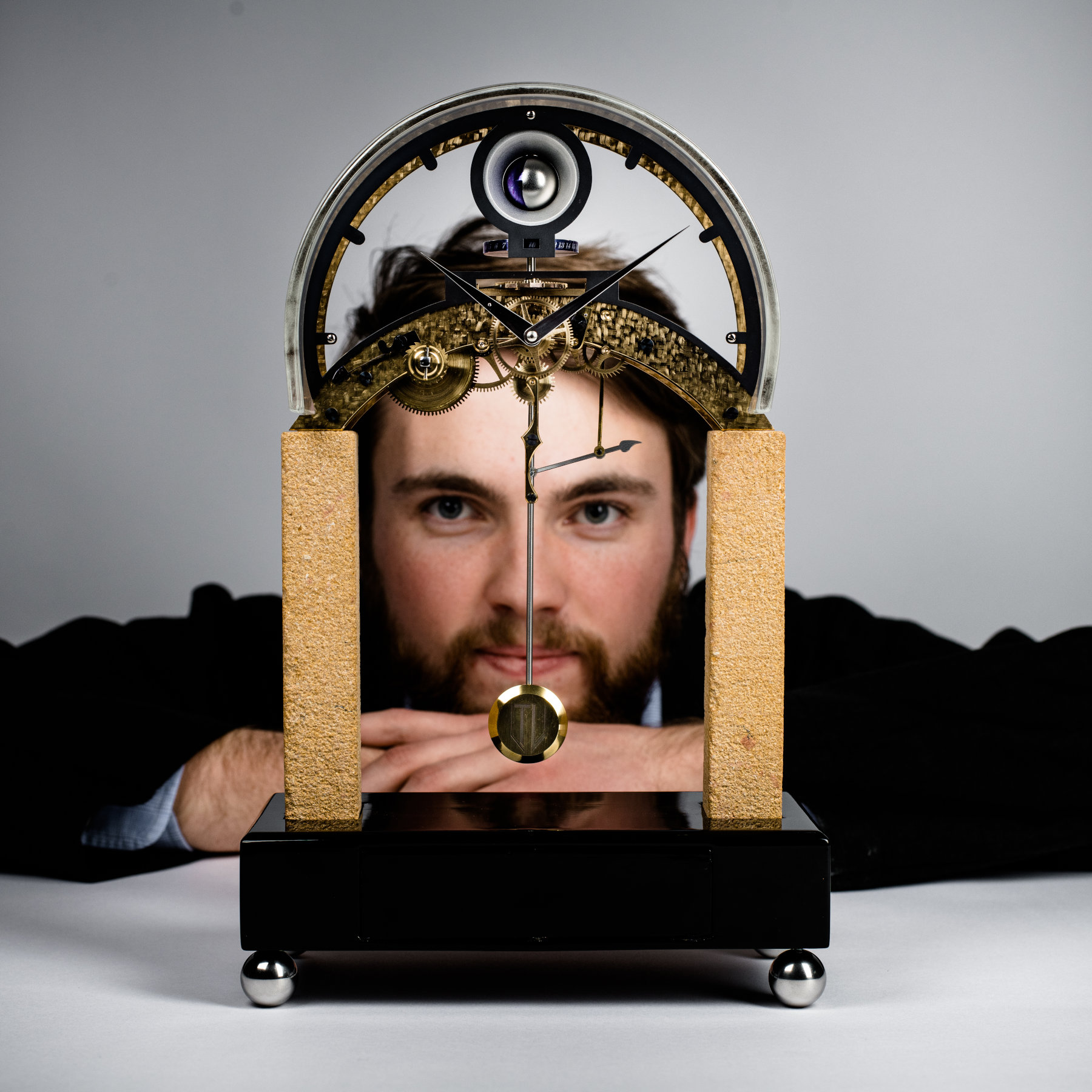
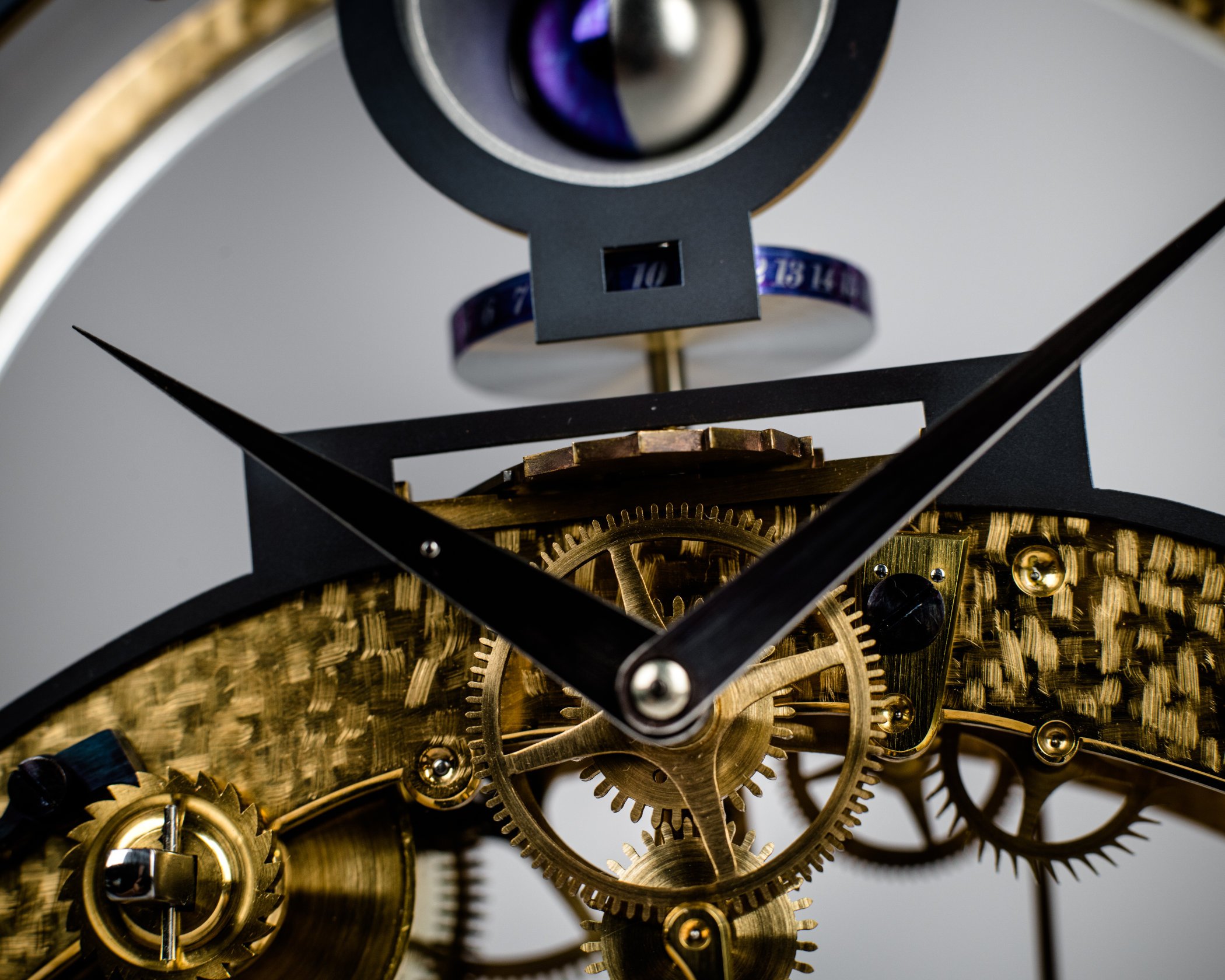

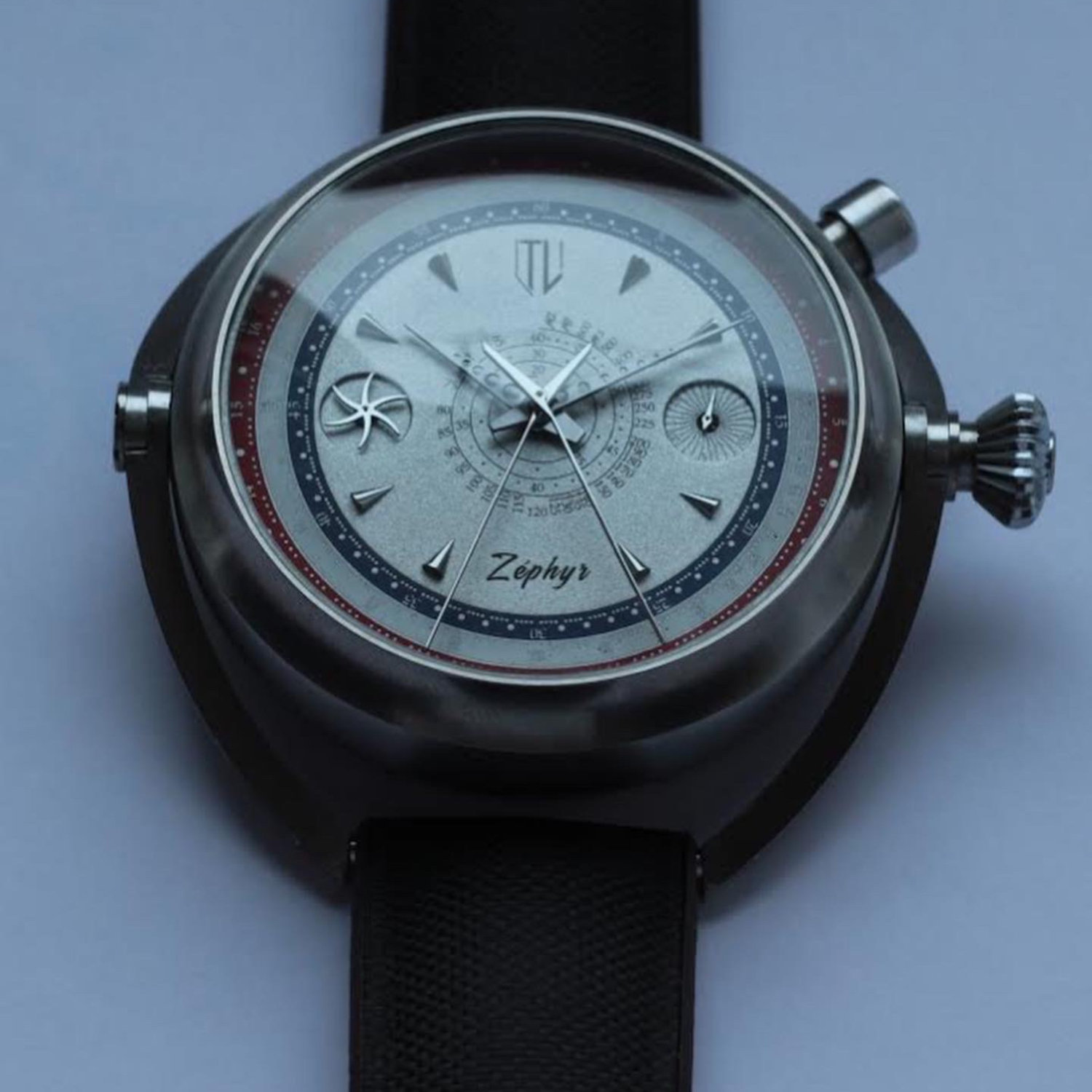
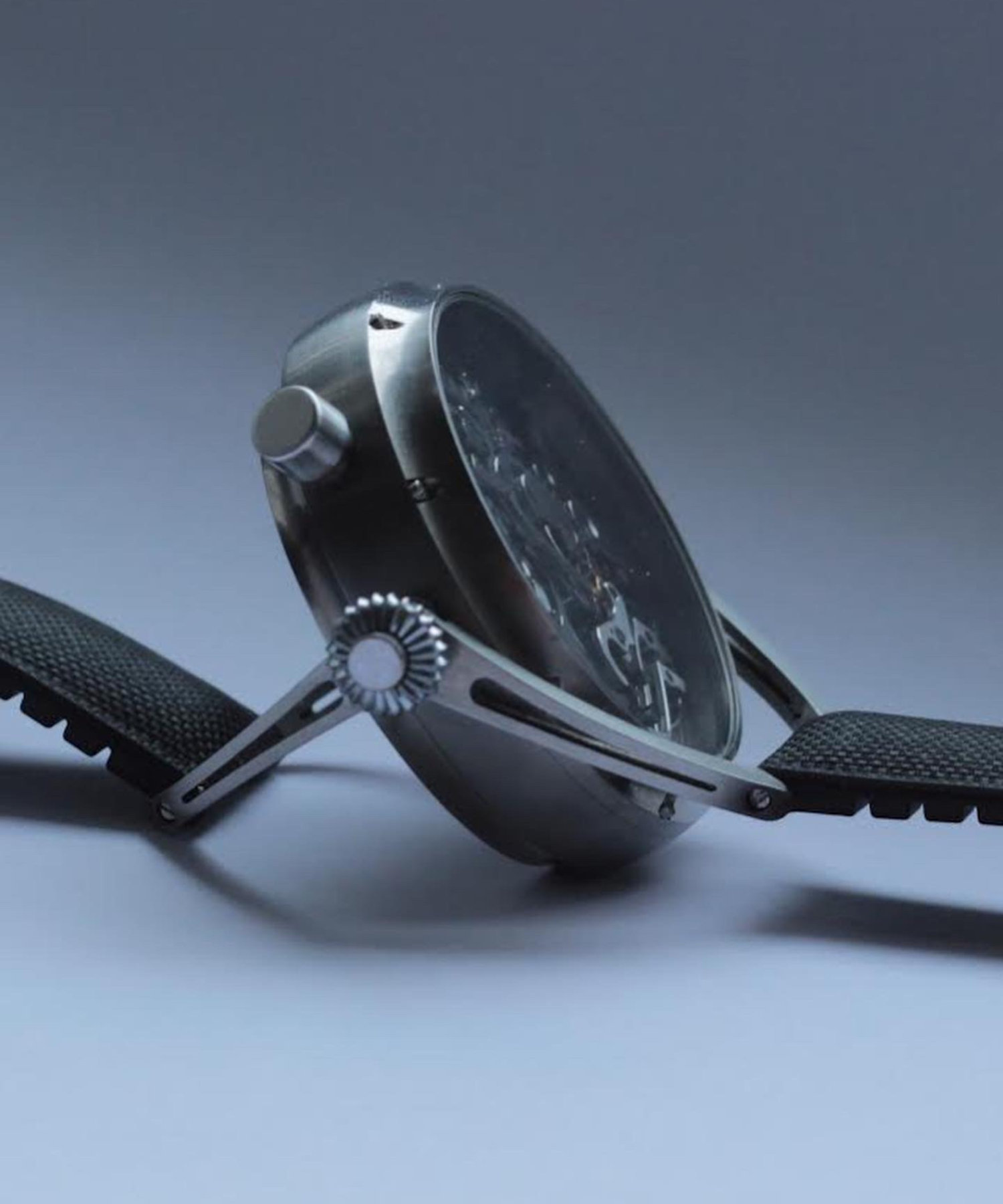
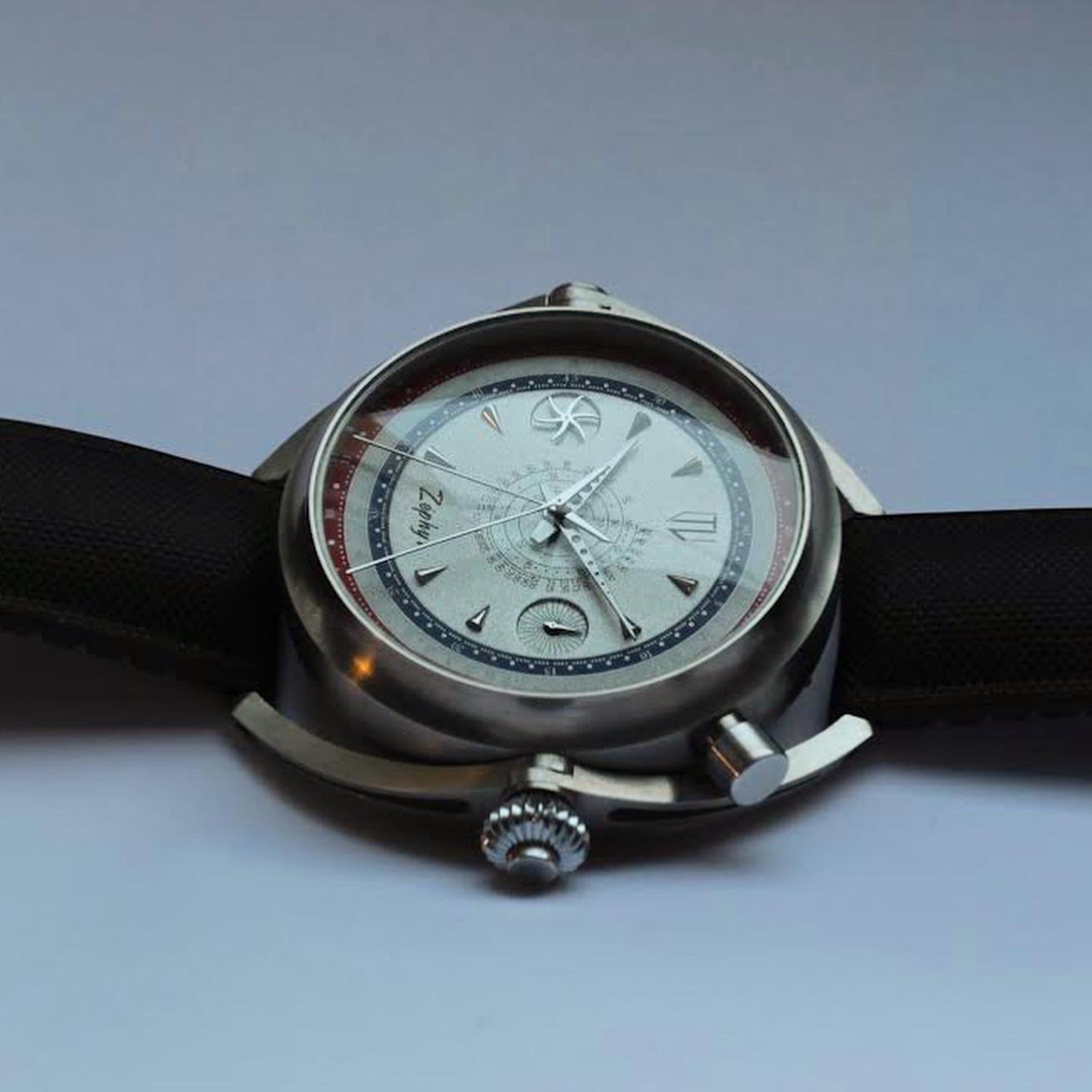
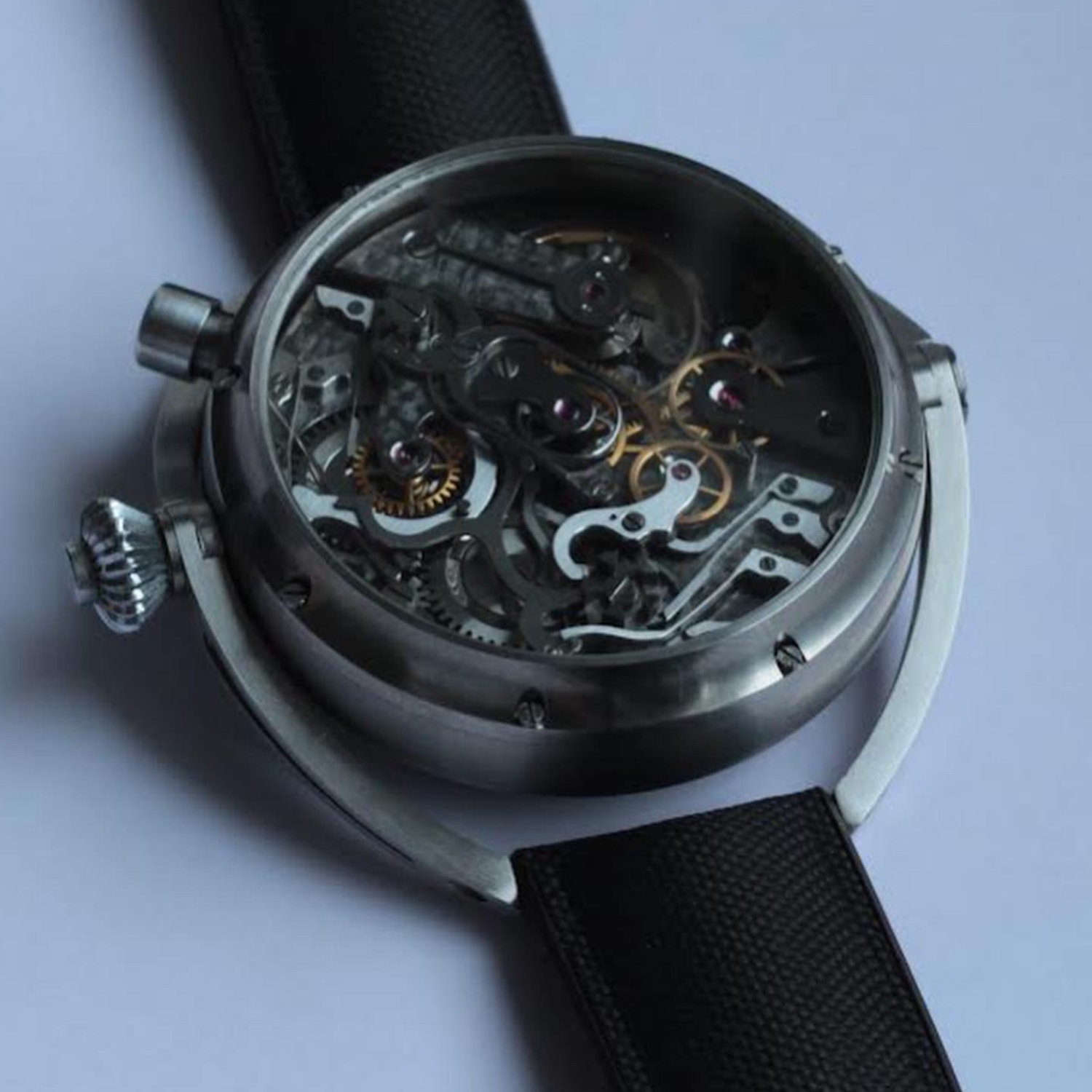
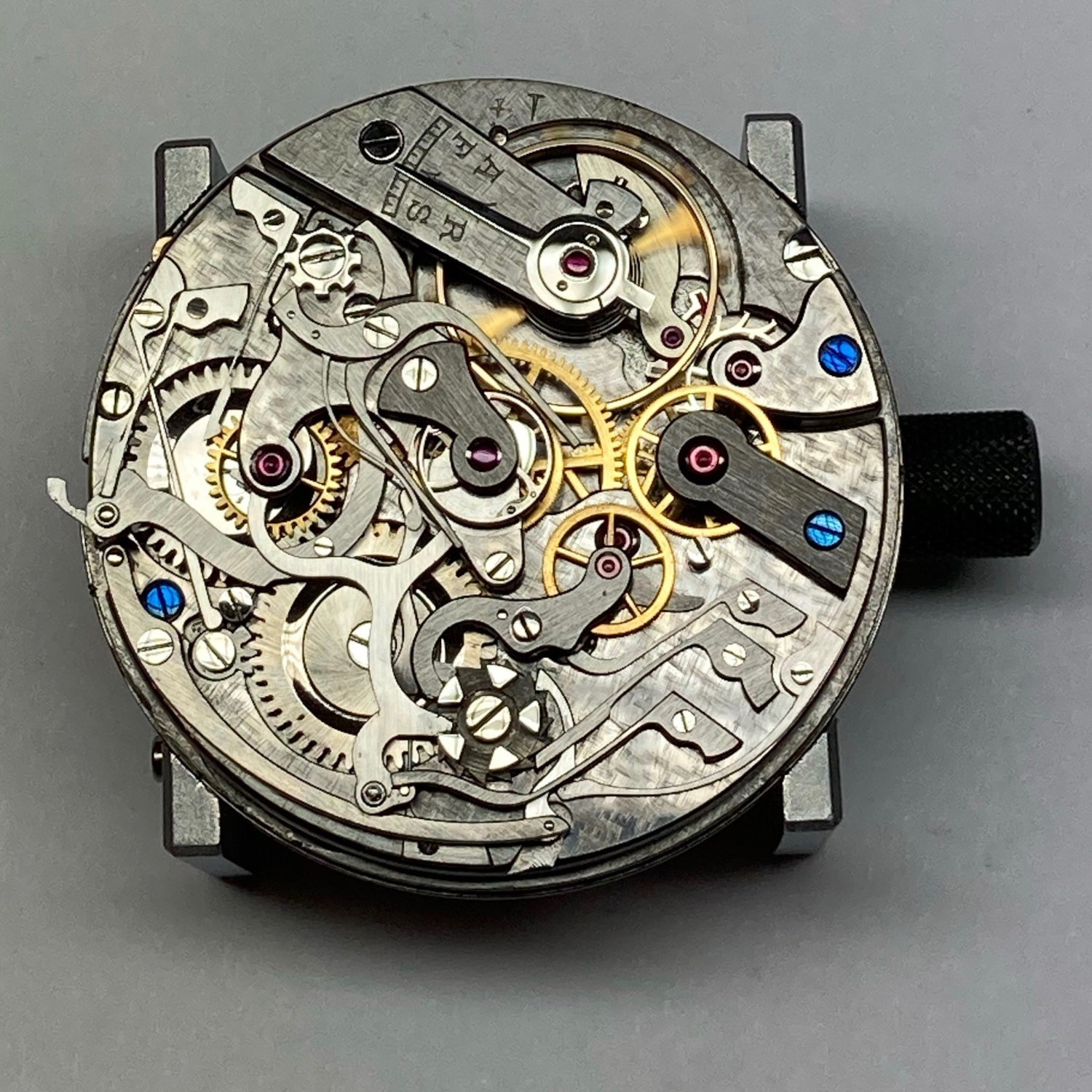



1 response
Fantastic article.. fascinating